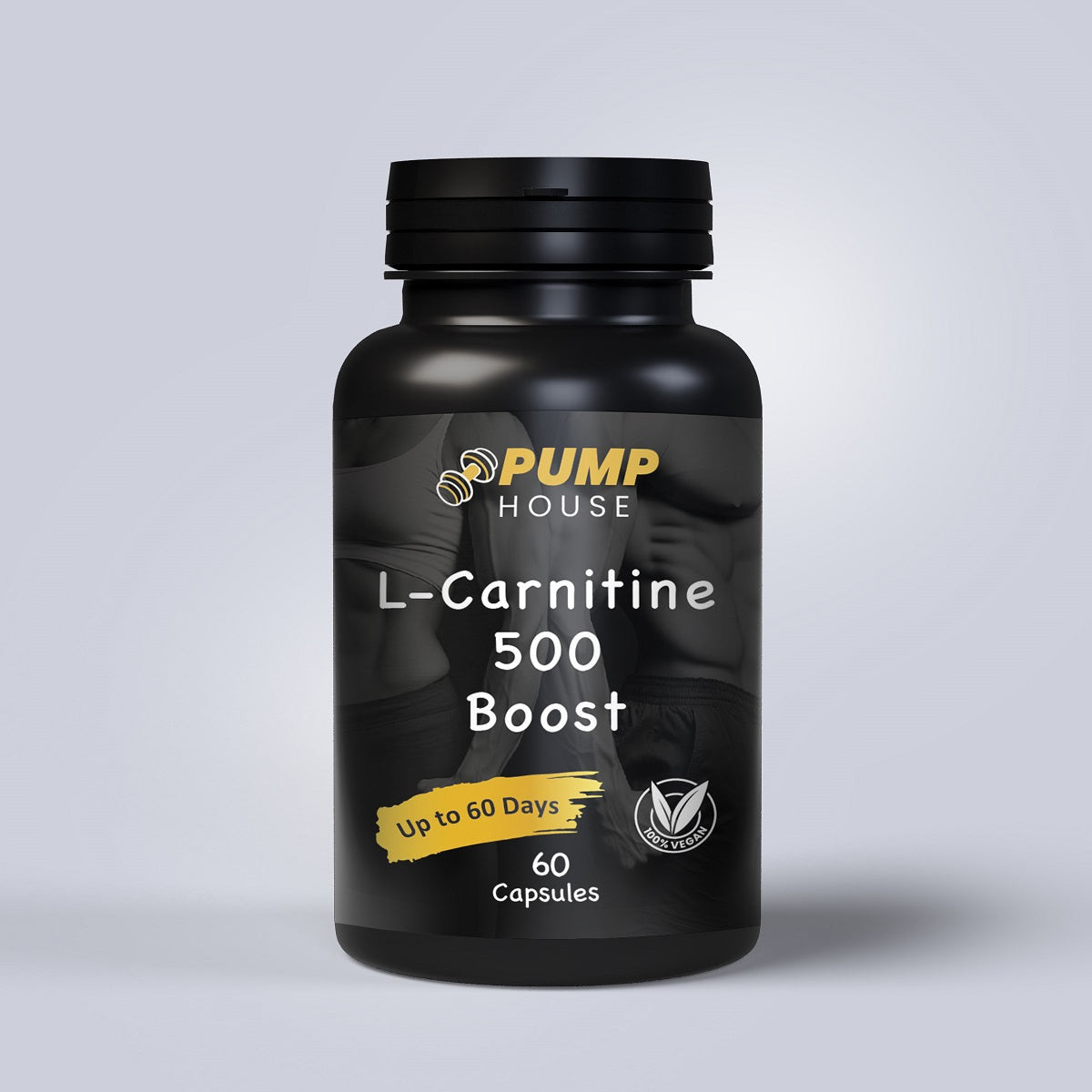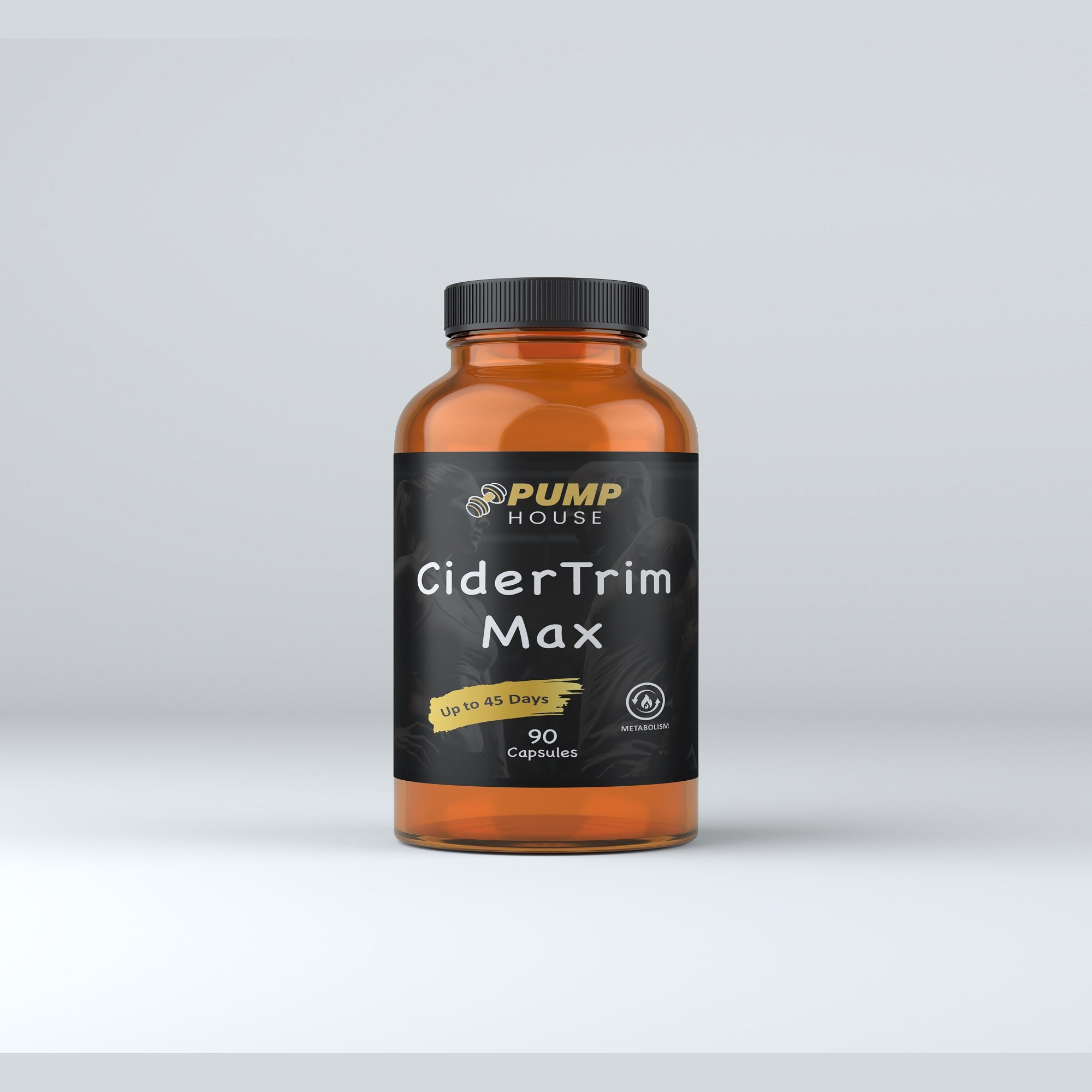
Decoding the Glycaemic Index: Selecting Optimal Carbohydrates for Athletes
Decoding the Glycaemic Index: Selecting Optimal Carbohydrates for Athletes
The Glycaemic Index (GI) is a measure of how quickly carbohydrates in food are broken down and absorbed into the bloodstream, causing a rise in blood sugar levels. It is a scale from 0 to 100, with higher values indicating a faster and larger increase in blood sugar levels. The GI is an important concept for athletes as it can impact their energy levels and performance during exercise.
When we consume carbohydrates, they are broken down into glucose, which is the primary source of fuel for our bodies. The rate at which this glucose is released into the bloodstream can affect our energy levels. Foods with a high GI are quickly digested and absorbed, leading to a rapid increase in blood sugar levels and a corresponding spike in energy. On the other hand, foods with a low GI are digested and absorbed more slowly, resulting in a gradual release of glucose into the bloodstream and sustained energy levels.
Exercise Nutrition: Importance of Carbohydrates for Athletes
Carbohydrates play a crucial role in exercise nutrition as they are the body's preferred source of fuel during physical activity. When we exercise, our muscles rely on glycogen, which is stored glucose, for energy. Consuming carbohydrates before and during exercise helps to replenish glycogen stores and provide a readily available source of fuel.
There are two types of carbohydrates: simple carbohydrates and complex carbohydrates. Simple carbohydrates, also known as sugars, are found in foods such as fruits, honey, and table sugar. They are quickly digested and absorbed, leading to a rapid increase in blood sugar levels. Complex carbohydrates, on the other hand, are found in foods such as whole grains, legumes, and vegetables. They take longer to digest and absorb, resulting in a slower release of glucose into the bloodstream.
The recommended carbohydrate intake for athletes varies depending on factors such as the intensity and duration of exercise. Generally, it is recommended that athletes consume 6-10 grams of carbohydrates per kilogram of body weight per day. This can be achieved by including a variety of carbohydrate-rich foods in their diet, such as whole grains, fruits, vegetables, and legumes.
Performance Enhancement: Selecting Optimal Carbohydrates for Improved Athletic Performance
When it comes to selecting carbohydrates for improved athletic performance, the Glycaemic Index (GI) plays a significant role. High GI carbohydrates are quickly digested and absorbed, leading to a rapid increase in blood sugar levels and a corresponding spike in energy. Examples of high GI carbohydrates include white bread, white rice, and sugary drinks.
On the other hand, low GI carbohydrates are digested and absorbed more slowly, resulting in a gradual release of glucose into the bloodstream and sustained energy levels. Examples of low GI carbohydrates include whole grains, legumes, and non-starchy vegetables.
Both high GI and low GI carbohydrates have their benefits and drawbacks. High GI carbohydrates provide a quick source of energy, making them ideal for activities that require short bursts of intense effort, such as sprinting or weightlifting. However, they can also cause a rapid drop in blood sugar levels after the initial spike, leading to a crash in energy levels.
Low GI carbohydrates provide a more sustained release of energy, making them suitable for endurance activities such as long-distance running or cycling. They help to maintain stable blood sugar levels and prevent energy crashes. However, they may not provide an immediate energy boost for activities that require quick bursts of power.
When choosing carbohydrates for specific athletic events, it is important to consider the duration and intensity of the activity. For shorter, high-intensity activities, high GI carbohydrates may be more beneficial. For longer, endurance activities, low GI carbohydrates may be more suitable. It is also important to consider individual preferences and tolerance to different types of carbohydrates.
Dietary Supplements: Glycaemic Index and its Role in Choosing Supplements for Athletes
Dietary supplements can play a role in enhancing athletic performance and recovery. When selecting supplements, the Glycaemic Index (GI) can be a useful tool in determining their impact on blood sugar levels and energy levels.
Some supplements, such as energy gels or sports drinks, are designed to provide a quick source of energy during exercise. These supplements often contain high GI carbohydrates, which are quickly digested and absorbed, leading to a rapid increase in blood sugar levels and a corresponding spike in energy. Examples of high GI supplements include glucose tablets, gummy bears, and sports drinks.
On the other hand, there are also supplements that are designed to provide a more sustained release of energy. These supplements often contain low GI carbohydrates, which are digested and absorbed more slowly, resulting in a gradual release of glucose into the bloodstream and sustained energy levels. Examples of low GI supplements include protein bars with added carbohydrates, whole grain crackers, and nut butter.
When incorporating supplements into an athlete's diet, it is important to consider their specific needs and goals. High GI supplements may be more suitable for activities that require short bursts of intense effort, while low GI supplements may be more suitable for endurance activities. It is also important to consider the overall nutrient composition of the supplement and ensure that it aligns with the athlete's dietary needs.
Energy Boost: Glycaemic Index and its Relation to Energy Levels in Athletes
Maintaining optimal energy levels during exercise is crucial for athletes to perform at their best. The Glycaemic Index (GI) can play a role in providing an energy boost by influencing blood sugar levels and the release of glucose into the bloodstream.
Foods and supplements with a high GI can provide a quick source of energy by causing a rapid increase in blood sugar levels. This can be beneficial for activities that require short bursts of intense effort, such as sprinting or weightlifting. Examples of high GI foods and supplements include white bread, white rice, sugary drinks, and energy gels.
In addition to high GI foods and supplements, there are also other strategies that athletes can use to maintain energy levels throughout a workout. Consuming small, frequent meals or snacks can help to provide a steady supply of fuel for the muscles. Including a combination of carbohydrates, protein, and healthy fats in each meal or snack can help to provide sustained energy and prevent energy crashes.
It is also important to stay hydrated during exercise as dehydration can lead to a decrease in energy levels. Drinking water or sports drinks can help to maintain hydration and provide an energy boost. However, it is important to choose the right hydration source based on the duration and intensity of the activity.
Recovery Foods: Glycaemic Index and its Role in Post-Workout Recovery Foods

Proper nutrition after a workout is essential for recovery and muscle repair. The Glycaemic Index (GI) can play a role in selecting the right post-workout recovery foods by influencing blood sugar levels and the release of glucose into the bloodstream.
After a workout, it is important to replenish glycogen stores and provide the body with the necessary nutrients for muscle repair. Consuming carbohydrates with a high GI can help to quickly replenish glycogen stores by causing a rapid increase in blood sugar levels. This can be beneficial for athletes who have depleted their glycogen stores during intense exercise. Examples of high GI recovery foods include white bread, white rice, potatoes, and sports drinks.
On the other hand, consuming carbohydrates with a low GI can provide a more sustained release of energy and help to maintain stable blood sugar levels. This can be beneficial for athletes who have engaged in endurance activities or who prefer a slower release of energy. Examples of low GI recovery foods include whole grains, legumes, fruits, and vegetables.
In addition to carbohydrates, it is also important to include protein in post-workout recovery foods. Protein helps to repair and rebuild muscle tissue that has been damaged during exercise. Including a combination of carbohydrates and protein in post-workout meals or snacks can help to optimize recovery and promote muscle growth.
Vegan Athlete: Selecting Optimal Carbohydrates for Plant-Based Athletes
Plant-based athletes face unique challenges when it comes to getting enough carbohydrates in their diet. Carbohydrates are abundant in animal-based foods such as meat, dairy, and eggs, but they can also be found in plant-based sources.
Plant-based sources of carbohydrates include whole grains, legumes, fruits, and vegetables. These foods provide a variety of nutrients in addition to carbohydrates, such as fiber, vitamins, and minerals. However, it is important for vegan athletes to ensure that they are consuming enough carbohydrates to meet their energy needs.
When selecting carbohydrates for plant-based athletes, it is important to consider the Glycaemic Index (GI) and its impact on blood sugar levels and energy levels. High GI carbohydrates can provide a quick source of energy by causing a rapid increase in blood sugar levels. Examples of high GI plant-based carbohydrates include white bread, white rice, and sugary drinks.
On the other hand, low GI carbohydrates can provide a more sustained release of energy by causing a gradual release of glucose into the bloodstream. Examples of low GI plant-based carbohydrates include whole grains, legumes, fruits, and non-starchy vegetables.
It is important for vegan athletes to include a variety of carbohydrate-rich foods in their diet to ensure that they are getting enough energy. This can include whole grain breads and cereals, brown rice, quinoa, lentils, chickpeas, fruits, and vegetables. It is also important to consider individual preferences and tolerance to different types of carbohydrates.
Plant Proteins: Glycaemic Index and its Relation to Plant-Based Proteins for Athletes
Protein is an essential nutrient for athletes as it plays a crucial role in muscle repair and growth. While animal-based proteins are often considered complete proteins, plant-based proteins can also provide all the essential amino acids when consumed in the right combinations.
Plant-based sources of protein include legumes, such as beans, lentils, and chickpeas, as well as tofu, tempeh, seitan, and quinoa. These foods not only provide protein but also a variety of other nutrients such as fiber, vitamins, and minerals.
When it comes to the Glycaemic Index (GI) and its relation to plant-based proteins, it is important to consider how carbohydrates can affect the absorption of protein. Consuming carbohydrates with a high GI can cause a rapid increase in blood sugar levels, which can stimulate the release of insulin. Insulin helps to transport glucose into the cells for energy but can also promote the uptake of amino acids into the muscles.
Therefore, consuming carbohydrates with a high GI along with plant-based proteins can enhance the absorption of amino acids and promote muscle repair and growth. Examples of high GI carbohydrates that can be paired with plant-based proteins include white bread, white rice, and potatoes.
However, it is also important to consider the overall nutrient composition of the meal or snack. Including a combination of carbohydrates, protein, and healthy fats can help to provide sustained energy and promote satiety. Examples of balanced plant-based meals that include both carbohydrates and protein include a tofu stir-fry with brown rice and vegetables or a lentil salad with quinoa and mixed greens.
Nutrient-Dense Diet: Glycaemic Index and its Relation to Nutrient-Dense Foods for Athletes
A nutrient-dense diet is important for athletes as it provides the necessary vitamins, minerals, and antioxidants to support optimal performance and recovery. The Glycaemic Index (GI) can play a role in selecting nutrient-dense foods by influencing blood sugar levels and the release of glucose into the bloodstream.
Nutrient-dense foods are those that provide a high amount of nutrients relative to their calorie content. Examples of nutrient-dense foods include fruits, vegetables, whole grains, lean proteins, and healthy fats. These foods provide a variety of vitamins, minerals, and antioxidants that are essential for overall health and well-being.
When it comes to the GI and nutrient density, it is important to consider how carbohydrates can affect blood sugar levels and energy levels. Consuming carbohydrates with a high GI can cause a rapid increase in blood sugar levels, which can lead to a spike in energy followed by a crash. This can be detrimental to athletic performance and overall energy levels.
On the other hand, consuming carbohydrates with a low GI can provide a more sustained release of energy and help to maintain stable blood sugar levels. This can be beneficial for athletes who require sustained energy for endurance activities or who prefer a slower release of energy.
Incorporating nutrient-dense foods with a low GI into an athlete's diet can help to provide sustained energy and support optimal performance. Examples of nutrient-dense foods with a low GI include whole grains, legumes, fruits, and non-starchy vegetables. It is important to include a variety of these foods in each meal or snack to ensure that all nutrient needs are met.
Dairy-Free Alternatives: Glycaemic Index and its Relation to Dairy-Free Carbohydrate Sources for Athletes
Athletes who follow a dairy-free diet face unique challenges when it comes to getting enough carbohydrates in their diet. Dairy products such as milk, yogurt, and cheese are often considered good sources of carbohydrates, but there are also many dairy-free alternatives available.
Dairy-free sources of carbohydrates include plant-based milks such as almond milk, soy milk, and oat milk, as well as dairy-free yogurts and cheeses. These products are often fortified with vitamins and minerals to provide similar nutritional benefits to dairy products.
When selecting carbohydrates for dairy-free athletes, it is important to consider the Glycaemic Index (GI) and its impact on blood sugar levels and energy levels. High GI carbohydrates can provide a quick source of energy by causing a rapid increase in blood sugar levels. Examples of high GI dairy-free carbohydrates include white bread, white rice, and sugary drinks.
On the other hand, low GI carbohydrates can provide a more sustained release of energy by causing a gradual release of glucose into the bloodstream. Examples of low GI dairy-free carbohydrates include whole grains, legumes, fruits, and non-starchy vegetables.
It is important for dairy-free athletes to include a variety of carbohydrate-rich foods in their diet to ensure that they are getting enough energy. This can include whole grain breads and cereals, brown rice, quinoa, lentils, chickpeas, fruits, and vegetables. It is also important to consider individual preferences and tolerance to different types of carbohydrates.
Balanced Meals: Glycaemic Index and its Role in Creating Balanced Meals for Athletes
Balanced meals are important for athletes as they provide the necessary nutrients to support optimal performance and recovery. The Glycaemic Index (GI) can play a role in creating balanced meals by influencing blood sugar levels and the release of glucose into the bloodstream.
A balanced meal typically includes a combination of carbohydrates , proteins, and fats. Carbohydrates provide the body with energy and are found in foods such as grains, fruits, and vegetables. Proteins are essential for building and repairing tissues and can be found in foods like meat, fish, eggs, and legumes. Fats are important for absorbing certain vitamins and providing insulation for the body. They can be found in foods like nuts, oils, and dairy products. Including a variety of these nutrients in a meal helps to ensure that the body receives the necessary fuel and building blocks for optimal health and functioning.







